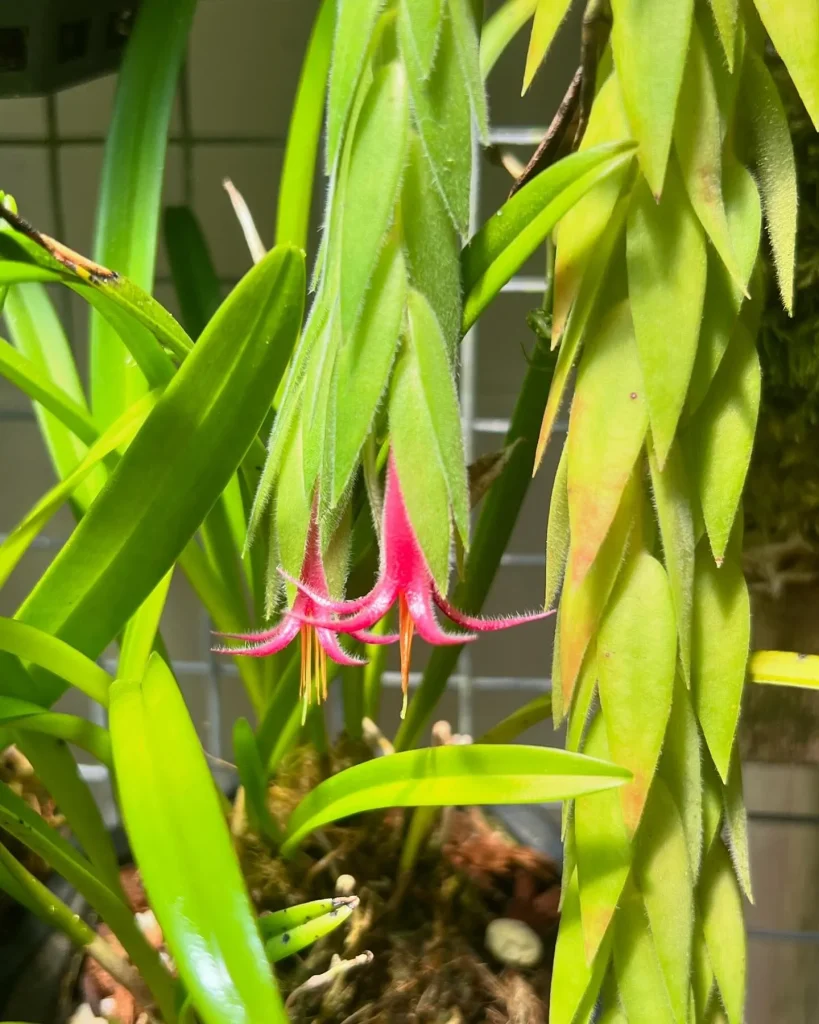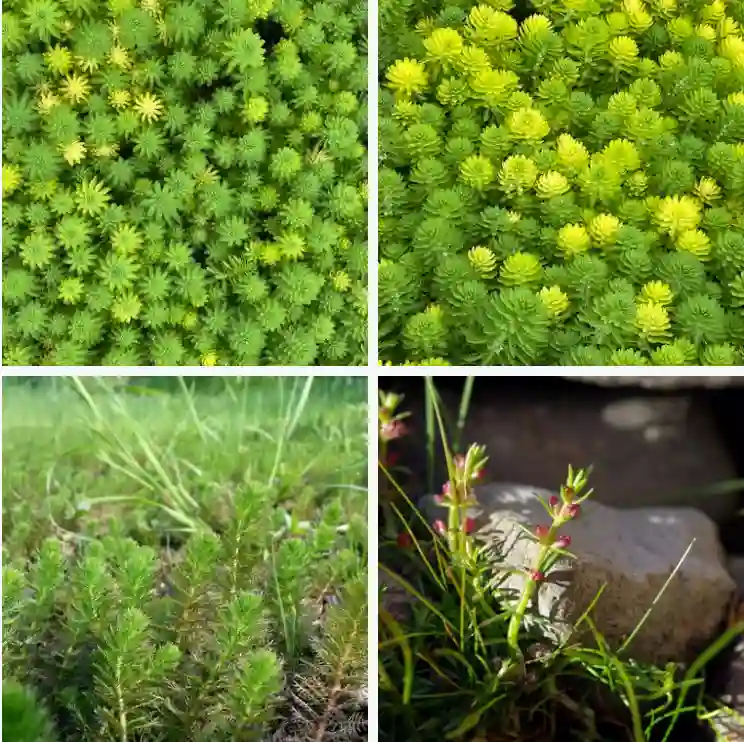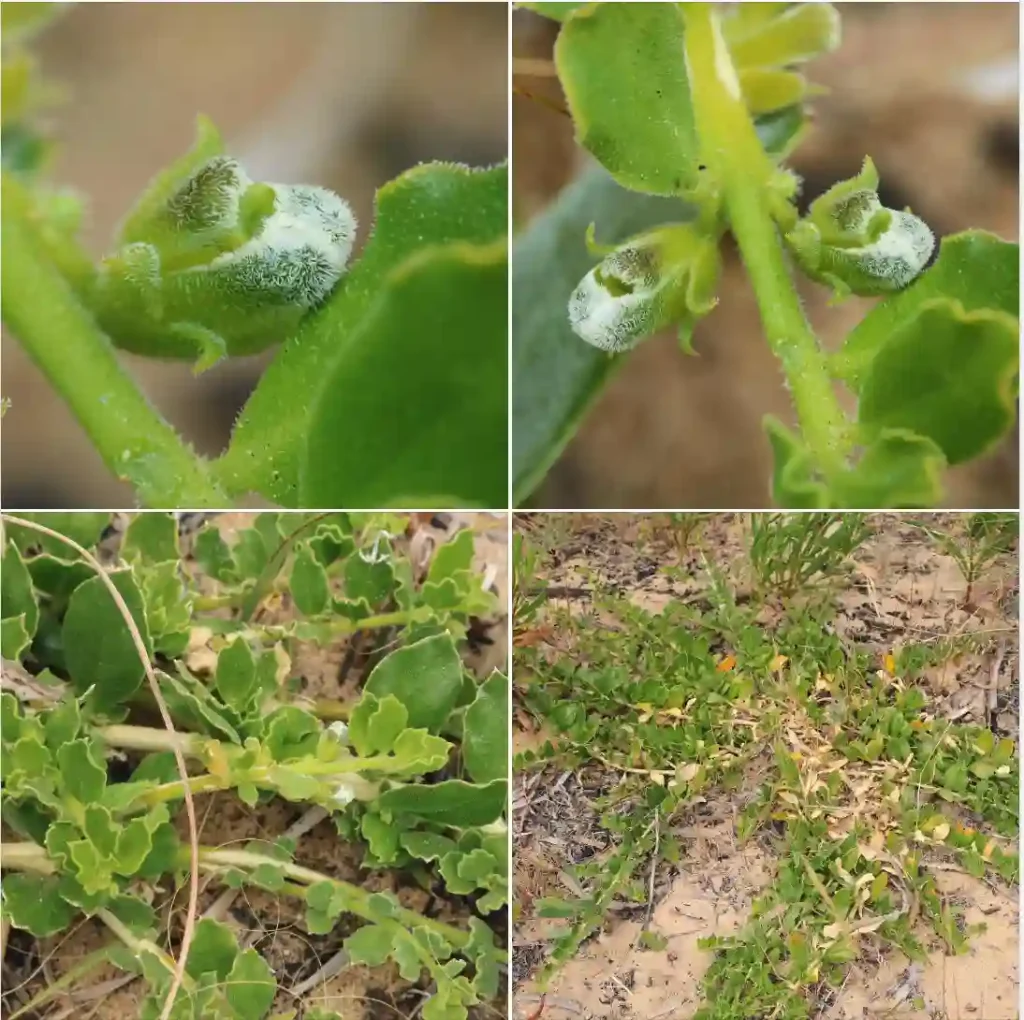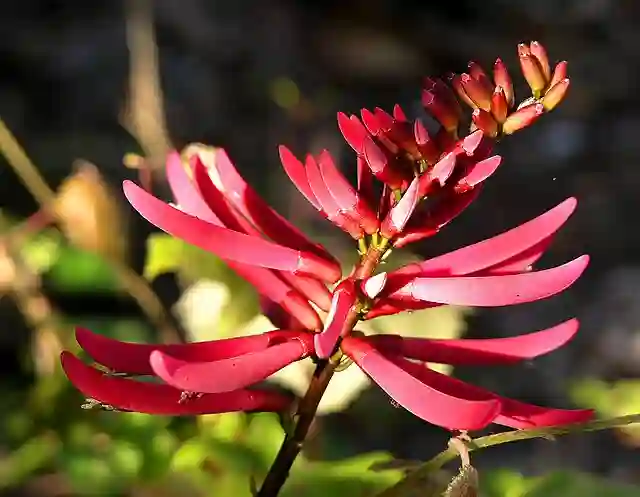FAQs About Maianthemum Stellatum
If you’re delving into the world of Maianthemum Stellatum, you might have a few questions about this unique plant. As someone who has spent time with this species, I can shed light on its various aspects, from its native origins to its care needs. Here’s a detailed guide to help you understand more about Maianthemum Stellatum.
What Is Maianthemum Stellatum?
Maianthemum Stellatum, commonly known as Starry False Solomon’s Seal, is a perennial herbaceous plant found in woodlands and shady areas. It belongs to the Asparagaceae family and is renowned for its attractive, star-shaped white flowers and lance-shaped leaves. This plant typically grows up to 18 inches tall and forms a lovely ground cover in suitable environments.
Plant Family: 119 Genera in Asparagaceae
Where Is Maianthemum Stellatum Native To?
Maianthemum Stellatum is native to North America, specifically found in regions ranging from Canada to the United States. It thrives in the forested undergrowth and shady areas of its native habitats. Its adaptability to these environments makes it a popular choice for woodland gardens and shaded garden beds.
How to Care for Maianthemum Stellatum?
Caring for Maianthemum Stellatum involves replicating its natural woodland habitat. Here are some key tips:
- Light: It prefers partial to full shade, making it ideal for woodland gardens.
- Soil: Well-draining, humus-rich soil is essential. Adding leaf litter or compost can improve soil conditions.
- Watering: Keep the soil consistently moist but not waterlogged.
- Temperature: It’s hardy and can tolerate a range of temperatures but thrives in cooler climates.
How to Propagate Maianthemum Stellatum?
Propagating Maianthemum Stellatum is typically done through division or seeds:
- Division: In early spring or fall, you can divide the root clumps and replant them.
- Seeds: Collect seeds in late summer and plant them in a cold frame or directly in the soil where they will be exposed to winter conditions for germination.
What to Plant With Maianthemum Stellatum?
Maianthemum Stellatum pairs well with other shade-loving plants. Consider combining it with:
- Hostas: Their large leaves complement the delicate foliage of Maianthemum Stellatum.
- Ferns: Ferns add texture and flourish in similar shady conditions.
- Bleeding Hearts (Dicentra): Their whimsical flowers harmonize well with the starry blooms of Maianthemum Stellatum.
Can You Grow Maianthemum Stellatum Indoors?
While Maianthemum Stellatum prefers outdoor, shaded environments, it can be grown indoors with the right conditions. Ensure it receives enough indirect light and maintain high humidity to mimic its natural habitat. Use a well-draining potting mix and avoid overwatering.
Is Maianthemum Stellatum Toxic?
Maianthemum Stellatum is not considered toxic to humans or pets. It’s generally safe to grow around children and animals. However, it’s always a good practice to prevent ingestion of non-food plants to avoid any potential issues.
Benefits of Growing Maianthemum Stellatum
Maianthemum Stellatum offers several benefits:
- Aesthetic Appeal: Its star-shaped flowers and lush foliage add beauty to shaded garden areas.
- Ground Cover: It effectively covers soil, helping to prevent erosion and suppress weeds.
- Low Maintenance: Once established, it requires minimal care, making it an excellent choice for gardeners seeking a low-maintenance option.
Common Problems with Maianthemum Stellatum
While Maianthemum Stellatum is relatively easy to care for, it may encounter a few issues:
- Pest Infestations: Watch for pests like slugs and snails, which can damage the leaves.
- Root Rot: Ensure proper drainage to prevent root rot, especially in poorly draining soils.
Maianthemum Stellatum vs Smilacina Stellata
Maianthemum Stellatum is often confused with Smilacina Stellata, but there are distinct differences:
- Appearance: Maianthemum Stellatum has star-shaped flowers and lance-shaped leaves, while Smilacina Stellata (now considered a synonym for Maianthemum Stellatum) has a similar appearance but is less commonly used in modern plant taxonomy.
- Growth Habit: Both have similar growth habits, but Maianthemum Stellatum is more commonly referenced and grown.
In summary, Maianthemum Stellatum is a charming and resilient plant suited for shaded gardens. Its native origins in North American woodlands, coupled with its aesthetic and ecological benefits, make it a valuable addition to any garden. Understanding its care requirements and propagation methods will ensure you can enjoy this beautiful plant for years to come.
If i die, water my plants!



